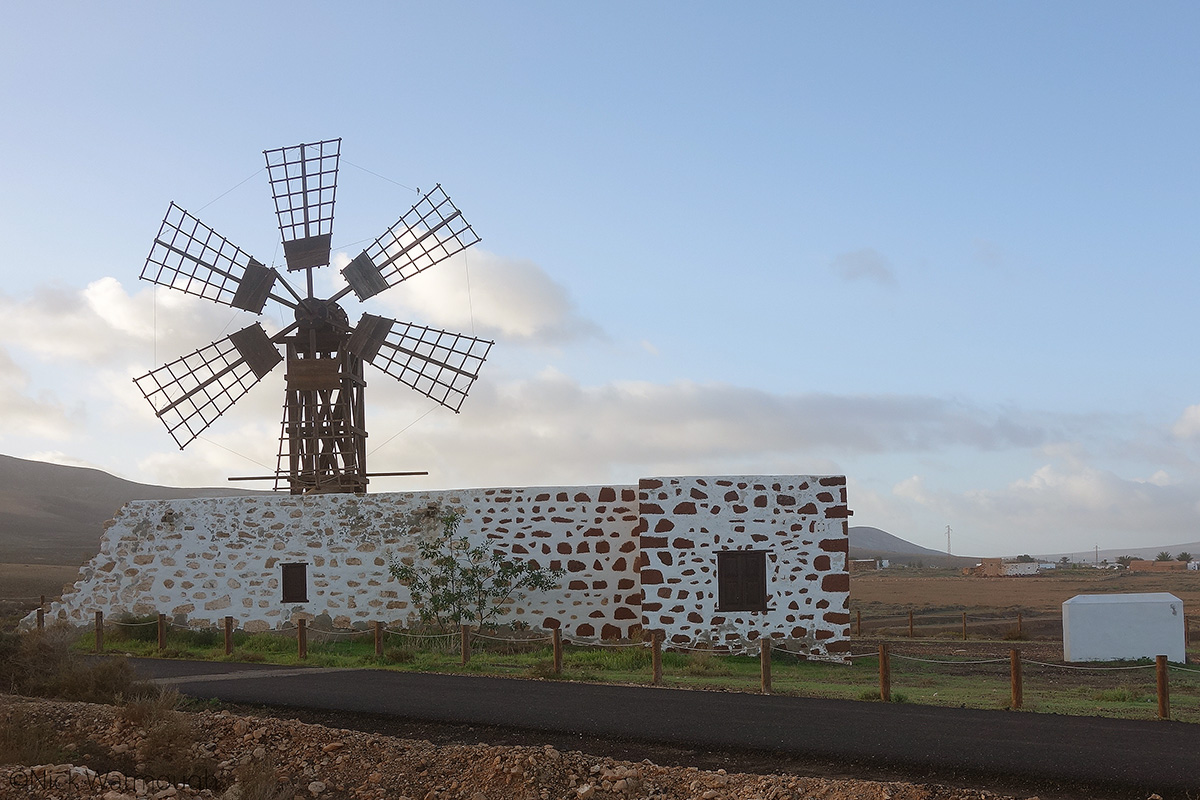Family commitments had made it impossible for me to join the steady stream of Western Palearctic listers who, since December, had made the trip to Fuetereventura to twitch a Dwarf Bittern (a tiny African heron that is incredibly rare in our region) and enjoy some Macronesian endemic and scarce wintering species in the sun. The first weekend in March was my best chance and despite the efforts of the “Beast from the East” and Storm Emma to derail the plan I had a straightforward, if bitterly cold, journey down to Barton Mills in the early hours of 2nd March to rendezvous with Sue Bryan and then on to Stansted. Our Ryanair flight, reassuringly dripping with antifreeze, departed more or less on time and by midday we were in the warm Canarian sun collecting a hire car, which was a definite upgrade on the requested Ford Fiesta.
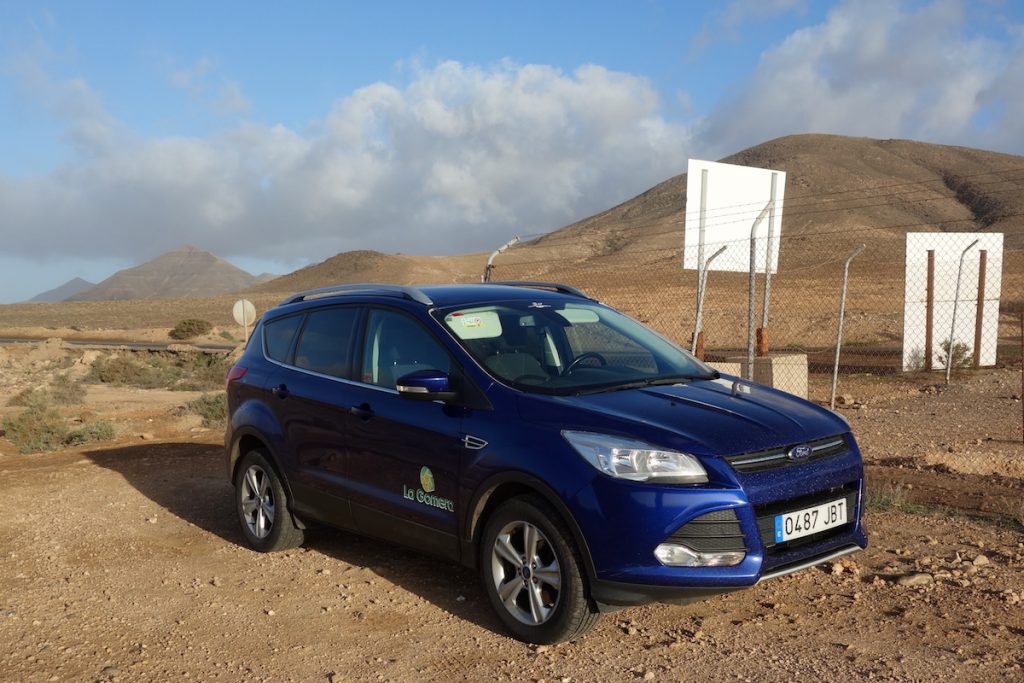
After a brief stop for fuel and water we headed North-West to the segment of the Baranco de Rio Cabrea that had hosted the Dwarf Bittern for almost three months. The car was parked by the entrance to a land fill site that was swarming with Yellow-legged and Lesser Black-backed Gulls with a supporting cast of Common Ravens Common Buzzards, Egyptian Vultures and Grey Herons.
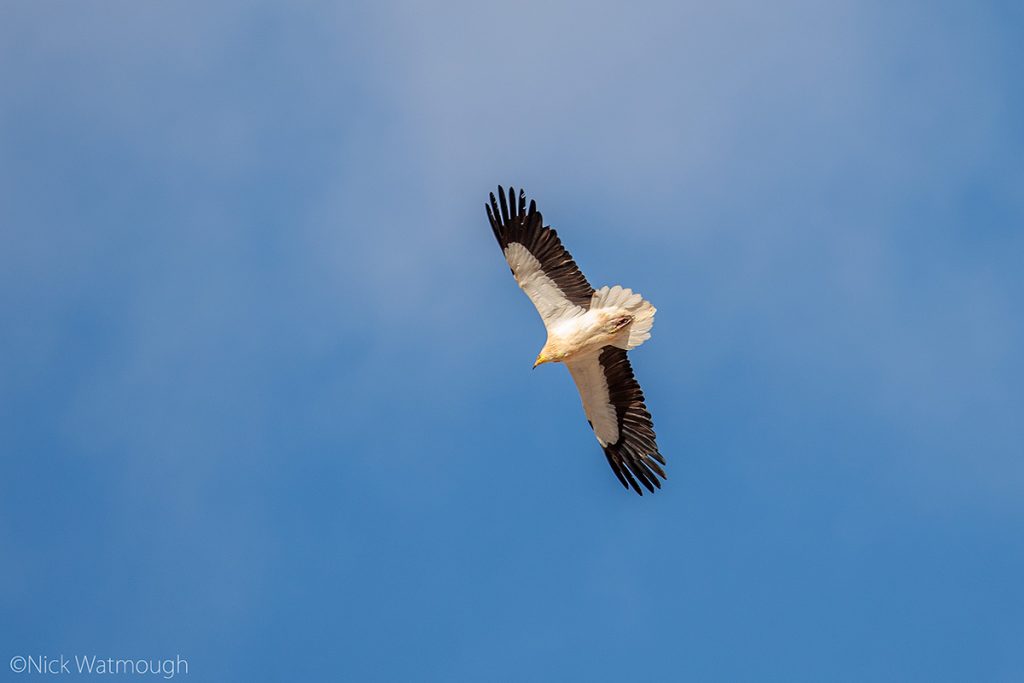
We tramped 300m across a stony plain flushing a pair of Lesser Short-toed Larks as we went before locating the breeze block cairn that marked the path down to the bottom of the barranco. As we descended into the gorge there were Ruddy Shelducks in the stream below and Trumpeter Finches calling everywhere..
The vegetated floor of barranco was very birdy; Hoopoe, Green Sandpiper, Little Ringed Plover, and a pair of indigenous Fuerteventura Chats that were actively collecting food for their brood.
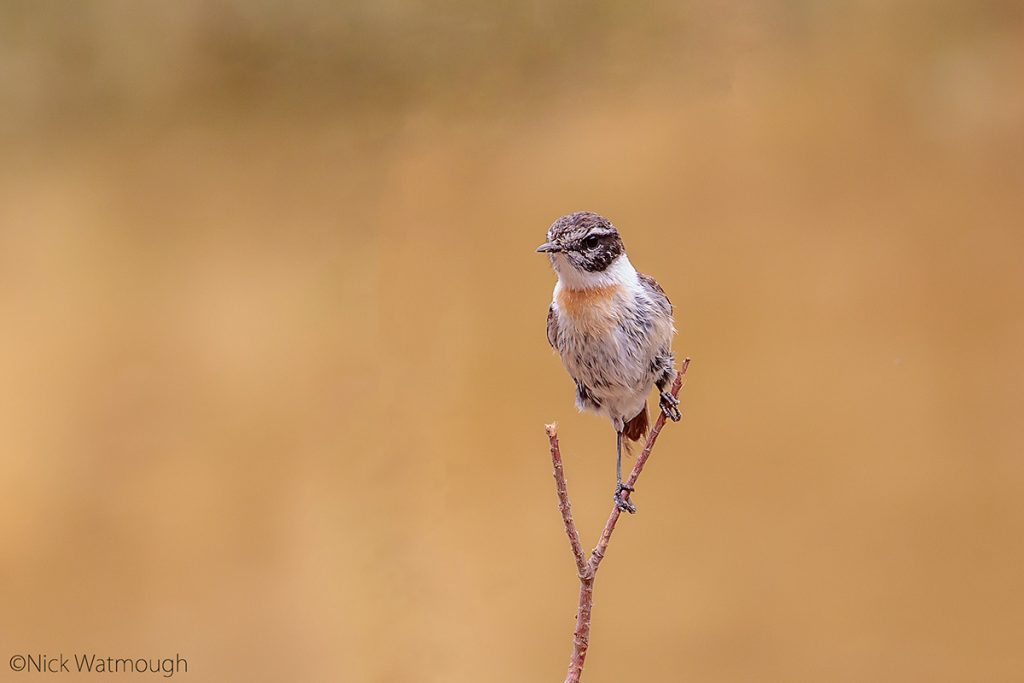
After a couple of hours I picked up a tiny heron flying towards us that had been flushed by two birders working the upper part of the Barranco. The Dwarf Bittern carried on past us and dived into a thick clump of tamarisks. We relocated to the opposite side of the gorge. As we waited we noted African Blue Tit, Spectacled Warbler and a noticeably green and yellow Phylloscopus warbler with contrasting white underparts and yellow supercilium that appeared a good candidate for Iberian Chiffchaff. This species is not on the Canary Islands list and unfortunately it was silent and I got no images. Even more unfortunately the Dwarf Bittern didn’t emerge until the couple who had originally disturbed it approached our vantage point and inadvertently flushed it again this time out of view from us and none of other three observers were able to see where it landed. By now it was now late afternoon and after one more brief search overseen by a party of Plain Swifts we decided to cut our losses and head over to the Tindaya Plains to search for Houbaras.
Shortly after leaving the village of Tindaya we located a single very distant male Houbara displaying in the rapidly dimming light. As we continued further down the track four Black-bellied Sandgrouse crossed in front of us offering close views.
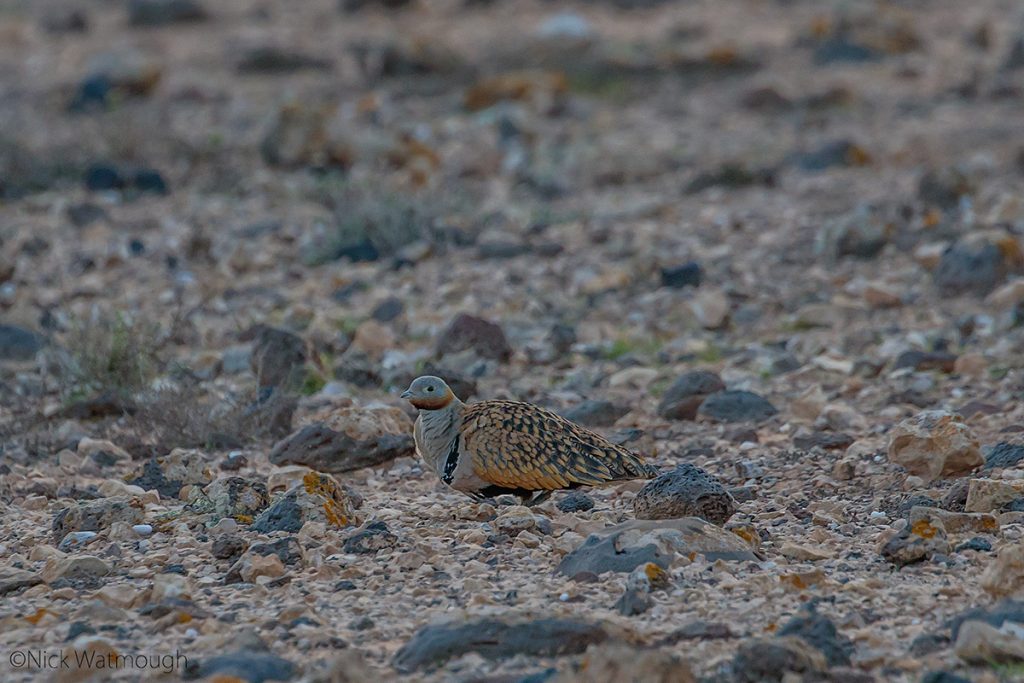
Content we pressed on a further a 200 m or so when Sue picked a Cream Coloured Courser in the gloaming which turned out to be one of three birds. Repositioning the car allowed for a short high ISO photography session with the closest individual before the light packed up it was time to go and find our digs in nearby La Oliva.
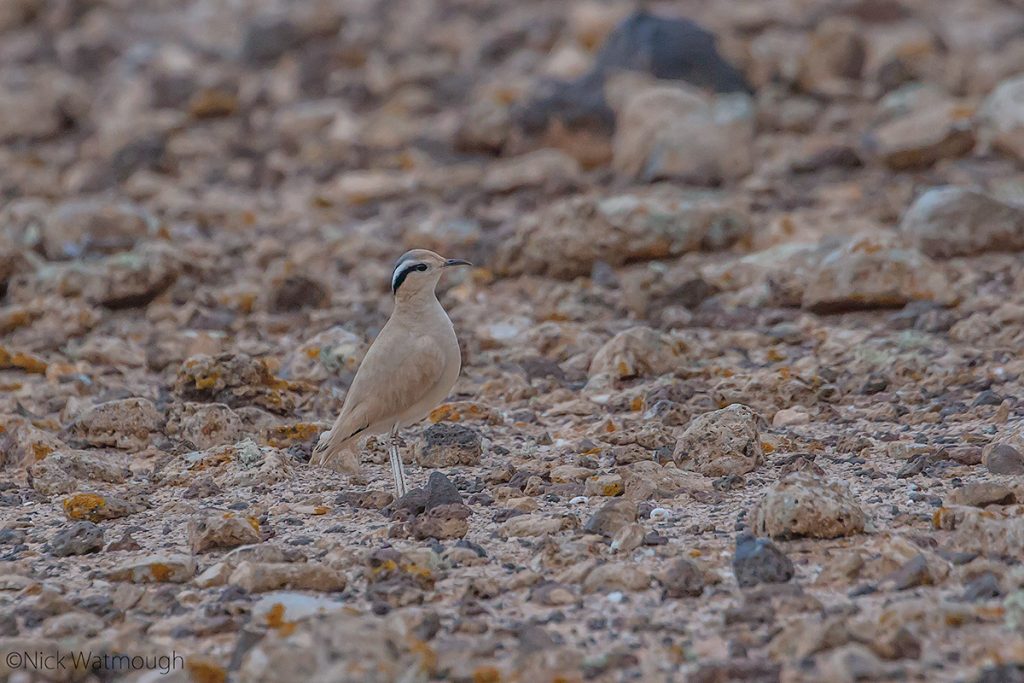
After checking into our accommodation we walked into time to find something to eat only to find the local pizzeria was shut. A local bar doubled as a greasy spoon and although the food was indifferent there was cold beer to toast an excellent first afternoon! Feeling better for something to eat and drink we returned to the apartment where I fell asleep as soon as my head hit the pillow impervious to the sound of Stone Curlews in the surrounding fields.

